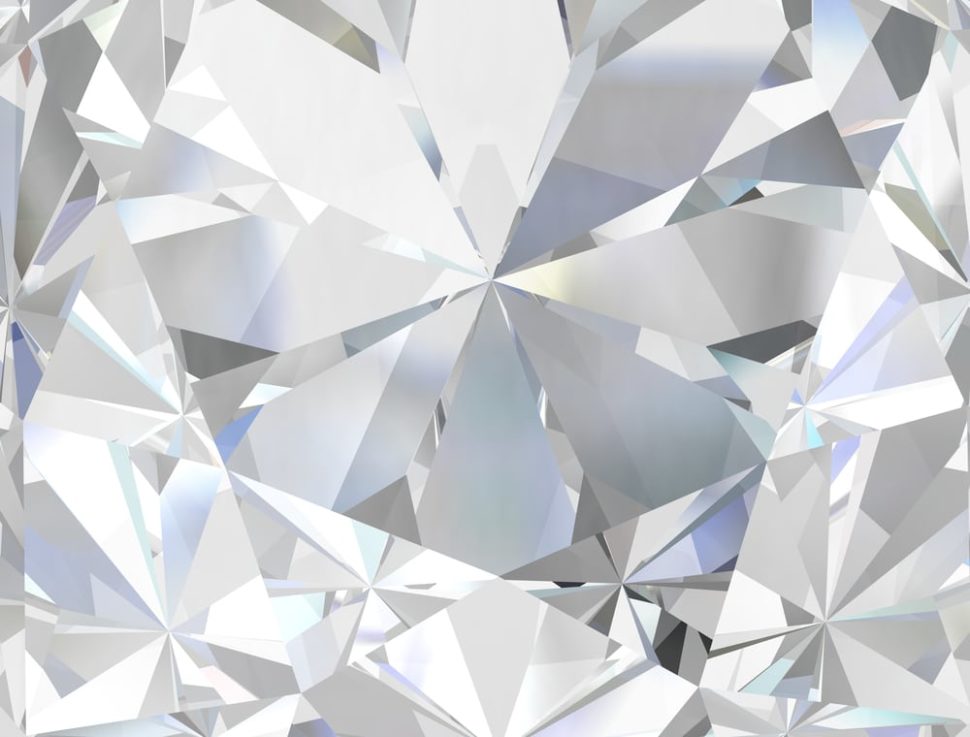Material scientists have managed to get at the atomic bottom of the nucleation process and find out what it takes for a “seed” to grow into a full diamond.
Diamonds take around a billion year to form, with the oldest going back to about 3.5 billion years.
Starting from 100 miles deep inside Earth’s mantle, extremely high pressures and temperatures turn carbon into diamonds. At these depths, it’s impossible to get access to diamond deposits. Thanks to volcanic eruptions, diamonds are transported to the surface.
There are other natural processes by which diamonds are formed, like in impact sites where an asteroid strikes the surface and generates enough pressure and heat for these precious gems to form.
Recently, geophysicists revealed the existence of a quadrillion-ton cache of diamonds that, at up to 150 miles under the surface, remains inaccessible to the industry and its technology.
On the other hand, synthetic diamonds, more available and relatively cheaper, serve a wide range of industrial applications, besides their aesthetic and ornamental use.
Though as an industry, synthetic diamonds have been around for over six decades, little is really known about how these artificial gemstones form.
Diamondoids, the Microscopic Building Blocks of Diamonds
63 years ago, in 1955, General Electric chemists managed to create the first lab-grown diamond and demonstrated the potential of man-made diamonds.
Growing synthetic diamonds through nucleation has been the standard process, using “seeds”, or tiny bits of natural diamond, exposed to plasma.
The process that needs millions of years in nature takes only a couple of weeks in the lab through what’s called CVD, or chemical vapor deposition.
However, the microscopic mechanisms underlying the nucleation process remained a mystery, like how big a diamond seed needed to be and the energy needed to kick off the process.
The same nucleation process occurs in nature under different conditions such as in the atmosphere where it generates ice crystals that form clouds. It’s also a documented phenomenon in silicon crystals and proteins.
In 2016, a team of researchers from Stanford University and SLAC National Accelerator Laboratory, in a joint program funded by the DOE, started extracting diamondoids from crude.
Diamondoids are the tiniest specks of diamond that get as small as 10 carbon atoms, and so are hard to directly observe using standard microscopes.
When diamond crystals around the seed get big enough, still in the atomic scale, they can be observed, and that’s exactly what the Stanford and SLAC researchers were after.
The team has, for the first time, been able to observe nanosized diamond specks and found “that crystal growth really took off with seeds that contain at least 26 carbon atoms”.
They also precisely measured the energy threshold that allows diamondoid to grow.
“It was thought that this [energy barrier] must be like a gigantic mountain that the carbon atoms should not be able to cross – and, in fact, for decades there’s been an open question of why we could even make diamonds in the first place. What we found was more like a mild hill,” says Stanford’s Matthew Gebbie leader of the research.
By these insights about diamond nanomaterials, this work turns rough estimates into precise calculations, thus providing a blueprint for a more efficient synthetic diamond industry.



















Comments (0)
Most Recent